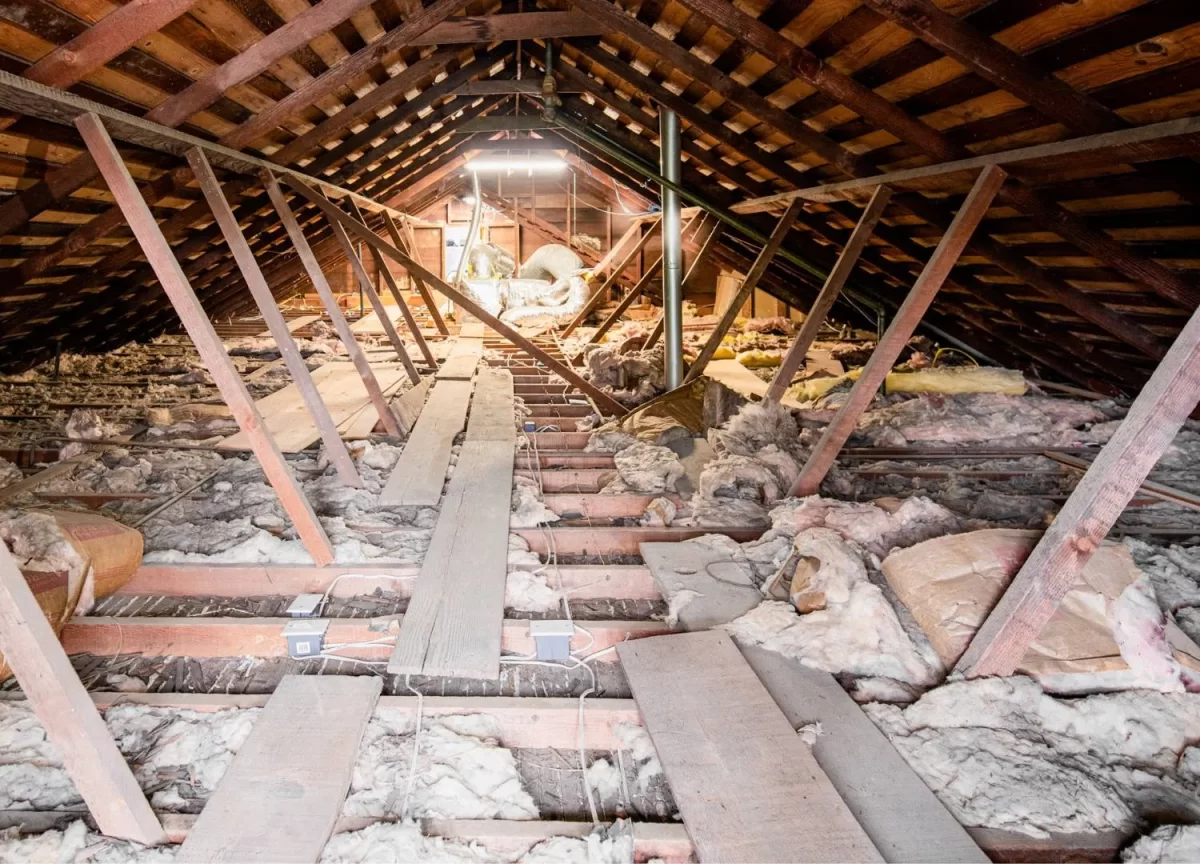How Long Does It Take for Foam Insulation Removal? 7 Key Factors

Foam insulation is a popular choice for improving energy efficiency in homes and commercial buildings. However, there are times when you may need to consider foam insulation removal. Whether you’re updating your insulation or dealing with issues related to improper installation, understanding the process can help you plan better. In this blog post, we will discuss the time it takes to remove foam insulation and the key factors that influence this timeline.
Understanding Foam Insulation Removal
Insulation foam removal is a task that can vary significantly in duration based on several factors. The process involves more than just pulling off the foam; it requires careful handling to ensure the area is left clean and ready for new insulation or other treatments.
Key Factors Influencing Foam Insulation Removal Time
1. Type of Foam Insulation
Different types of foam insulation have varying properties which affect their removal. Spray foam, for instance, adheres strongly to surfaces and may require more effort to remove compared to other types of foam. Rigid foam boards are somewhat easier to handle but may still pose challenges, especially if they have been in place for a long time.
2. Extent of Installation
The extent to which foam insulation was installed will directly impact the removal time. Large areas covered with thick layers of foam insulation will take more time to remove compared to smaller, less complex installations. If the insulation is extensive, it might be beneficial to consult a professional to ensure the job is done efficiently.
3. Condition of the Insulation
The condition of the foam insulation plays a crucial role. Insulation that has been damaged by moisture, pests, or age can be more difficult to remove. For instance, water-damaged foam insulation may have degraded and become less cohesive, making it harder to handle and clean up.
4. Accessibility
The location of the foam insulation affects how long the removal process will take. Insulation in hard-to-reach areas such as attics or behind walls requires more time and effort. If access is restricted, additional steps might be necessary to safely remove the foam without damaging the surrounding structures.
5. Tools and Techniques Used
The tools and techniques employed during the removal process can also impact the duration. Using specialized equipment and methods can speed up the process. For instance, some contractors use cutting tools or solvents to make the removal more efficient. The right approach can significantly reduce the time required for the task.
6. Experience of the Contractor
The experience and skill level of the contractor handling the insulation removal are essential. Experienced professionals are likely to complete the job faster and more effectively than those who are less familiar with the process. They also have the knowledge to handle any unforeseen challenges that may arise.
7. Preparation and Cleanup
Preparation before removal and cleanup afterward are crucial factors in the overall timeline. Proper preparation involves setting up the area to minimize disruption and protect other parts of the property. Cleanup includes removing all remnants of foam insulation and ensuring the area is left in good condition for any subsequent work.
How Nevada Urethane Can Help
If you’re in Spring Creek, Eureka, Winnemucca, or Elko, Nevada, and need foam removal, Nevada Urethane is here to assist. They offer professional services to handle your insulation needs, from removal to installation of new insulation. Contact them at (775) 500-0024 for a consultation and to get a clear estimate on the time required for your specific project.
FAQ
Q: What is the average time required for foam insulation removal?
A: The time required for foam insulation varies depending on factors such as the type of foam, the extent of the installation, and the accessibility of the area. Generally, it can take a few hours to several days.
Q: Can I remove the foam insulation myself?
A: While it is possible to remove foam insulation yourself, it is often recommended to hire a professional contractor. They have the expertise, tools, and techniques needed to handle the task efficiently and safely.
Q: How do I prepare for foam insulation?
A: Preparation involves clearing the area of furniture and covering surfaces to protect them from debris. It’s also helpful to ensure proper ventilation and access to the area where the insulation is being removed.
Q: Will removing foam insulation damage my property?
A: If done correctly by a professional, removing foam insulation should not damage your property. However, improper removal can potentially cause damage, especially if the insulation has adhered strongly to surfaces.
Q: What should I do after foam insulation removal?
A: After foam insulation removal, it’s important to inspect the area for any damage or necessary repairs. You may also need to consider new insulation options or other treatments depending on your needs.
Conclusion
Foam insulation removal is a multifaceted process influenced by various factors, including the type and condition of the insulation, the extent of the installation, and the accessibility of the area. Understanding these factors can help you better estimate the time required and make informed decisions. If you need assistance with insulation removal in Spring Creek, Eureka, Winnemucca, or Elko, Nevada, contact Nevada Urethane at (775) 500-0024. Their expertise can ensure a smooth and efficient removal process, setting you up for success with your next steps in insulation or property improvement.






